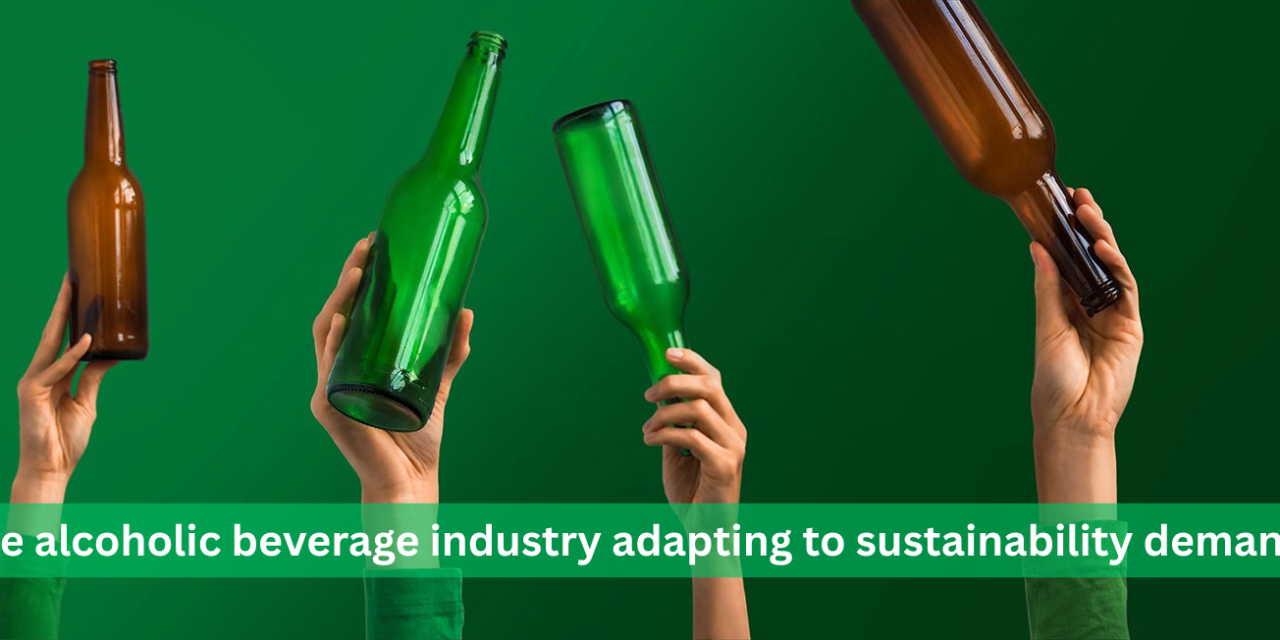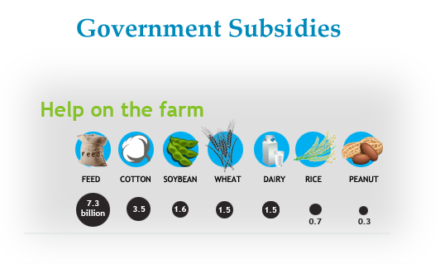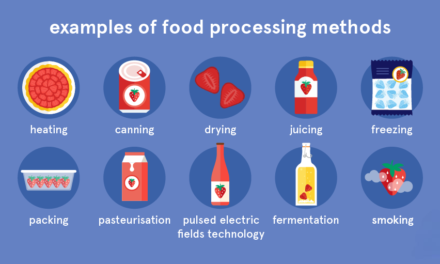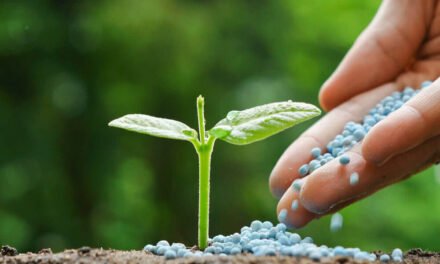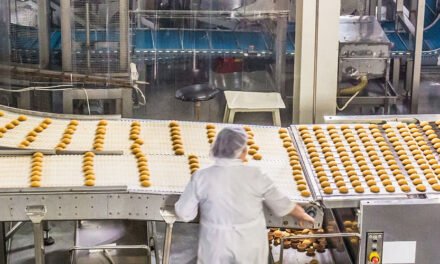The alcoholic beverage industry is making significant strides to adapt to sustainability demands, addressing environmental, social, and economic concerns throughout its supply chain. Here’s how the industry is evolving:
1. Sustainable Agriculture and Sourcing
- Practices:
- Partnering with local and sustainable farms to source ingredients like barley, grapes, hops, and sugarcane.
- Using organic and regenerative farming practices to improve soil health, reduce pesticide use, and sequester carbon.
- Encouraging biodiversity by incorporating crop rotation and intercropping systems.
- Examples:
- Distilleries using non-GMO grains and wineries practicing biodynamic viticulture.
2. Water Conservation
- Efforts:
- Implementing water recycling systems to reuse water in non-consumptivee processes like cooling and cleaning.
- Optimize waste by optimizing water use in fermentation, brewing, and distillation processes.
- Examples:
- Breweries and distilleries adopting closed-loop water systems.
- Some brands, like AB InBev, are setting targets for reducing water usage per hectoliter of production.
3. Energy Efficiency and Renewable Energy
- Practices:
- Transitioning to renewable energy sources like solar, wind, and biomass to power production facilities.
- Implementing energy-efficient equipment and processes in brewing, distilling, and refrigeration.
- Examples:
- Breweries like Heineken and Sierra Nevada are investing in solar panels and energy-efficient technologies.
4. Packaging Innovations
- Efforts:
- Reducing packaging waste by using lightweight bottles, recycled materials, and alternative materials like aluminum cans or biodegradable plastics.
- Promoting returnable and refillable packaging systems.
- Examples:
- Some brands offer “boxed wine” with recyclable liners or reusable growlers for craft beer.
- Distilleries exploring paper-based bottle technologies.
5. Circular Economy and Waste Management
- Practices:
- Upcycling production waste, such as spent grains and grape skins, into animal feed, fertilizers, or new products like snacks and bioenergy.
- Adopt zero-waste initiatives and compost organic waste from production.
- Examples:
- Distilleries produce bioethanol from by-products for use as fuel.
6. Sustainable Transportation
- Efforts:
- Reducing the carbon footprint of logistics by optimizing distribution routes and using fuel-efficient or electric vehicles.
- Localizing supply chains to minimize transportation distances.
- Examples:
- Some brands are experimenting with shipping beverages in bulk to regional bottling facilities to reduce shipping emissions.
7. Carbon Neutrality Goals
- Practices:
- Measuring and offsetting carbon emissions through reforestation, renewable energy projects, or carbon credits.
- Designing carbon-neutral facilities and focusing on energy-efficient infrastructure.
- Examples:
- Carlsberg’s “Together Towards Zero” initiative aims to achieve zero carbon emissions at breweries by 2030.
8. Innovation in Production Processes
- Practices:
- Using precision fermentation and yeast optimization to reduce resource consumption.
- Implementing high-efficiency brewing systems that minimize waste and energy use.
- Examples:
- Breweries use CO₂ capture technologies to recycle emissions during fermentation.
9. Social and Community Engagement
- Efforts:
- Supporting local communities by sourcing locally, creating jobs, and reinvesting profits in sustainable initiatives.
- Partnering with non-profits for environmental conservation and clean water projects.
- Examples:
- Some companies contribute a portion of sales to reforestation or ocean cleanup efforts.
10. Consumer Education and Transparency
- Efforts:
- Promoting sustainability efforts on packaging, websites, and marketing campaigns.
- Educating consumers about the environmental benefits of their practices and encouraging responsible consumption.
- Examples:
- QR codes on bottles linking to detailed sustainability reports or carbon footprint calculations.
11. Regulatory Compliance and Certifications
- Practices:
- Obtaining certifications like Organic, Fair Trade, or B Corp to demonstrate environmental and social responsibility.
- Complying with international sustainability standards like ISO 14001 for environmental management.
- Examples:
- Wineries earning LEED certification for sustainable building practices.
Challenges in Achieving Sustainability
- High Energy and Water Demands: Especially in distillation and brewing processes.
- Cost of Transition: Investments in sustainable technologies can be high, especially for smaller producers.
- Supply Chain Complexity: Managing sustainability across a global supply chain is challenging.
- Consumer Perception: Ensuring sustainability efforts align with consumer expectations and willingness to pay a premium.
Examples of Industry Leaders
- Diageo: Introduced paper-based bottles for its Johnnie Walker whiskey brand.
- AB InBev: Pioneered water stewardship programs and set ambitious carbon reduction goals.
- The Wine Group: Transitioned to lightweight glass bottles and invested in renewable energy.
Conclusion
The alcoholic beverage industry is responding to sustainability demands through innovative practices in sourcing, production, packaging, and community engagement. By focusing on energy efficiency, waste reduction, and carbon neutrality, the industry is addressing environmental challenges and meeting consumer expectations for more sustainable products. Continued innovation and collaboration will be key to achieving long-term sustainability goals.
Hashtags
#SustainableDrinking #EcoFriendlyCocktails #GreenWineCulture #SustainableBrewingRevolution #EcoDistillery #SustainableSips #GreenAlcoholMovement #EcoFriendlyWine #SustainableBeverageChoices #GreenBrewingSolutions #SustainableSpirits #EcoConsciousDrinking #SustainableWineCulture #GreenDistilleryPractices #EcoFriendlyBeverageOptions #SustainableAlcoholIndustry #GreenBeverageInnovation #EcoSustainableDrinks #SustainableBrewingMethods #GreenAlcoholRevolution

